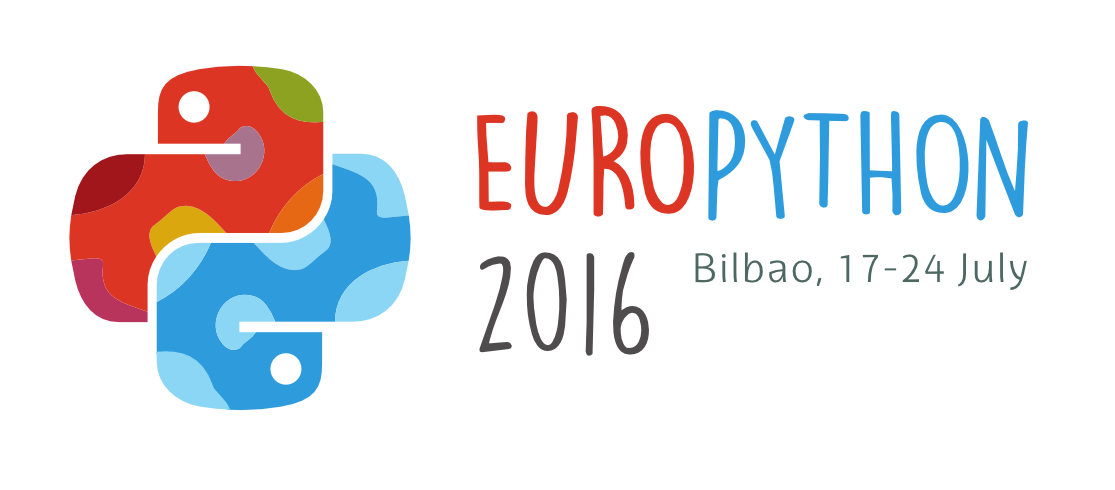Numpy arrays: the weapons of a data scientist
It is very hard to be a scientist without knowing how to write code,
and nowadays Python is probably the programming language of
choice in many research fields.
This is mainly because the Python ecosystem includes a lot of tools and libraries
for many research tasks: pandas for data analysis ,
networkx for social network analysis, nltk for natural language processing,
scikit-learn for machine learning, and so on.
Most of these libraries relies (or are built on top of) numpy.
Therefore, numpy is a crucial component of the common Python
stack used for numerical analysis and data science.
On the one hand, NumPy code tends to be much cleaner (and faster) than “straight” Python code that tries to accomplish the same task. Moreover, the underlying algorithms have been designed with high performance in mind.
This training will be organised in two parts: the first part is intended to provide most of the essential concepts needed to become confident with NumPy data structures and functions.
In the second part, some examples of data analysis libraries and code will be presented, where NumPy takes a central role.
Here is a list of software used to develop and test the code examples presented during the training:
- Python 3.x (2.x would work as well)
- iPython 2.3+ (with notebook support):
pip install ipython[notebook] - numpy 1.9+
- scipy 0.14+
- scikit-learn 0.15+
- pandas 0.8+
The training is meant to be mostly introductory, thus it is perfectly suited for beginners. However, a good proficiency in Python programming is (at least) required.
